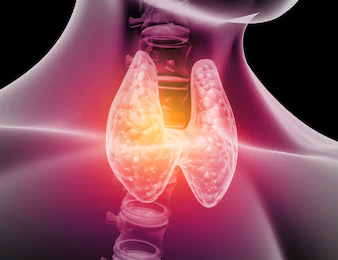Rickets
Rickets is a specific bone disorder of growing children and ado¬lescents and is associated with characteristic skeletal deformi¬ties like bowing of legs, widening of wrist, etc
Osteomalacia is a generalized softening of the bones regardless of age or cause and thus occurs both in children and adults.
Worldwide nutritional vitamin D deficiency is the most common cause of rickets and osteomalacia. However, in countries where routine fortification of dairy and food products is implemented, genetic and acquired forms of rickets and osteomalacia are relatively more common.
Even in India, nutritional cause of rickets has reduced and more cases of genetic and acquired cases of rickets are being seen by our pediatric endocrinologist in Apollo Children’s Hospital and Children’s Hospital in Egmore
Calcium-deficiency rickets is a specific type of rickets that is mostly confined to certain geographic regions of the world. Cal¬cium-deficiency osteomalacia in adults has not been reported.
There are several types of genetic rickets and osteomalacia resulting in excess renal loss of phosphate due to inhibition of renal tubular reabsorption of phosphate.
Several acquired forms of rickets and osteomalacia occur due to ectopic production of fibroblast growth factor-23, mostly by benign mesenchymal or skeletal tumors—the removal of which cures the bone disease. These FGF – 23 secreting tumors are common in adults. The acquired forms of hypophosphatemic rickets and osteomalacia are caused by drugs. Many rare bone disorders resemble either rickets on x-rays or osteomalacia on bone biopsy but do not respond to conven-tional doses of vitamin D therapy.
Rickets can be easily treated by pediatric and adult endocrinologist. All that is needed is an correct diagnosis for which an expert in the field of pediatric and adult endocrinology is required. Nutritional causes of vitamin D Deficiency Rickets are treated by replacement of vitamin D and calcium. Genetic causes like hypophosphatemic rickets are treated by calcium, phosphate and active vitamin D
It is important to first make a radiological diagnosis of rickets and differentiate from skeletal dysplasias. Our pediatric and adult endocrinologist with experience in both rickets in children and osteomalacia and osteoporosis in adults can handle these cases with proper diagnosis and appropriate management.


